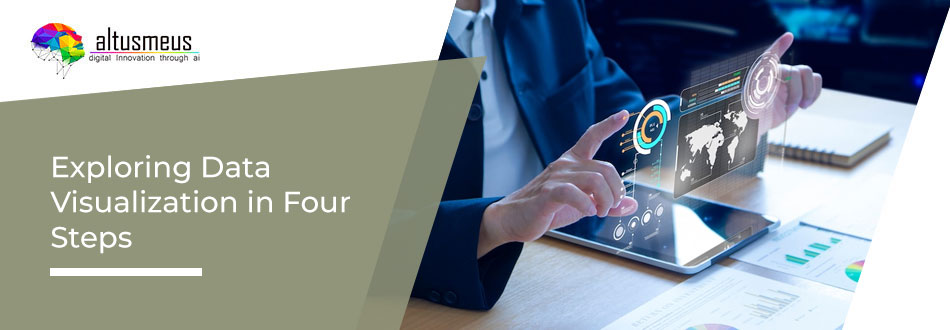When it comes to understanding data, many people turn to charts and graphs. But what if you don’t have the time or expertise to create them yourself? Or what if you just don’t know where to start?
In this article, we’ll walk you through data visualization.
What is Data Visualization?
Data visualization is the process of creating a visual representation of data. It can be used to explore the data, make it easier to understand or help make decisions. Data visualization can be used in many different ways, including for business purposes, education, research, and more.
Data visualization is important because it can help us better understand our data. It can also help us make decisions based on the data. For example, we might use data visualization to see how different groups of people are affected by a policy change. We might also use data visualization to see how different pieces of information are related to each other. This can help us make better decisions about what to do with the information.
There are many different ways to represent data. Some methods are more effective than others. Let’s see it in detail.
Step 1: Choose the Right Method
There are many different ways to represent data. Each method has its own advantages and disadvantages. It is important to choose the right method for the data visualization project.
The most common methods of data visualization are charts and graphs. Charts are good for showing trends and changes over time. Graphs are good for showing relationships between variables.
Step 2: Explore the Data
Once the method is chosen, it is important to explore the data. This involves examining the data and trying to understand it. This can be done through visual inspection or through analysis of the data.
Data can be explored using tables, bar graphs, line graphs, and pie charts. Table visualization is good for showing large amounts of data. Bar graphs are good for showing how different groups of data are related. Line graphs are good for showing how changes in one variable affect other variables. Pie charts are good for showing how proportions of different types of data are related.
Step 3: Choose a Visualization Technique
Once the data is understood, it is time to choose a visualization technique. This involves selecting the best method for displaying the data. There are many different visualization techniques available. It is important to choose the right one for the data and the project. Some of the most common techniques are charts, graphs, tables, bar graphs, line graphs, and pie charts.
Step 4: Present Your Findings
Once the visualization technique is chosen, it is time to present the findings. This involves explaining how the data was visualized, what the findings were, and what they mean. It can also involve creating visualizations that show how the data relates to other data. Additionally, it is important to show how the data was collected and how it was analyzed.
Final Words
Data visualization can be a powerful tool for understanding data. It can help you find trends and patterns in your data. By using the right method and exploring your data, you can create a powerful visualization that will engage your audience and help them understand your data better.





